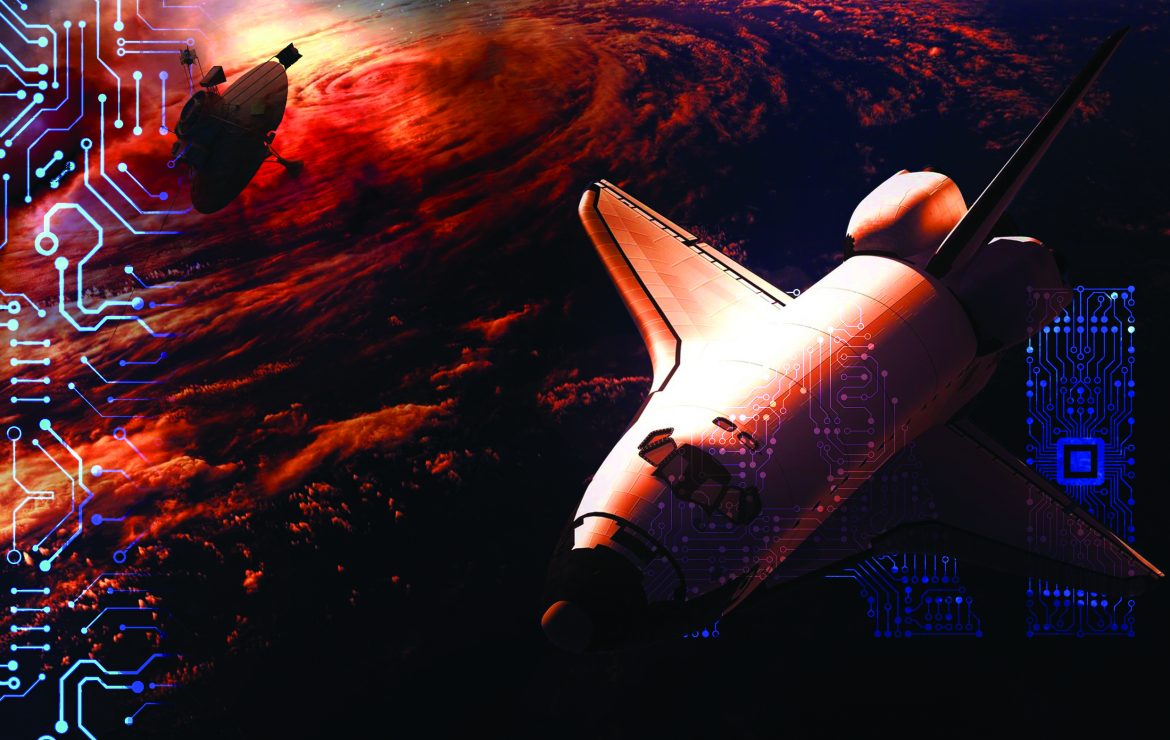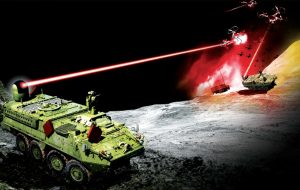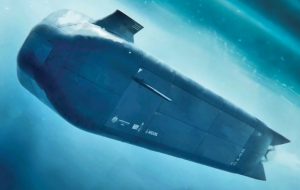In modern warfare, modern armies depend on some satellites, and space has become the high hill at the end of the road, where the United States is the undisputed crowned king now, and as both China and Russia seek vigorously to challenge American supremacy in space, through their ambitious military space programs, the risks of conflict over power and influence increase the risk of igniting a conflict that may paralyze the space infrastructure of the entire planet, and even though this conflict may start in space, it could easily ignite an all-out war on the ground.
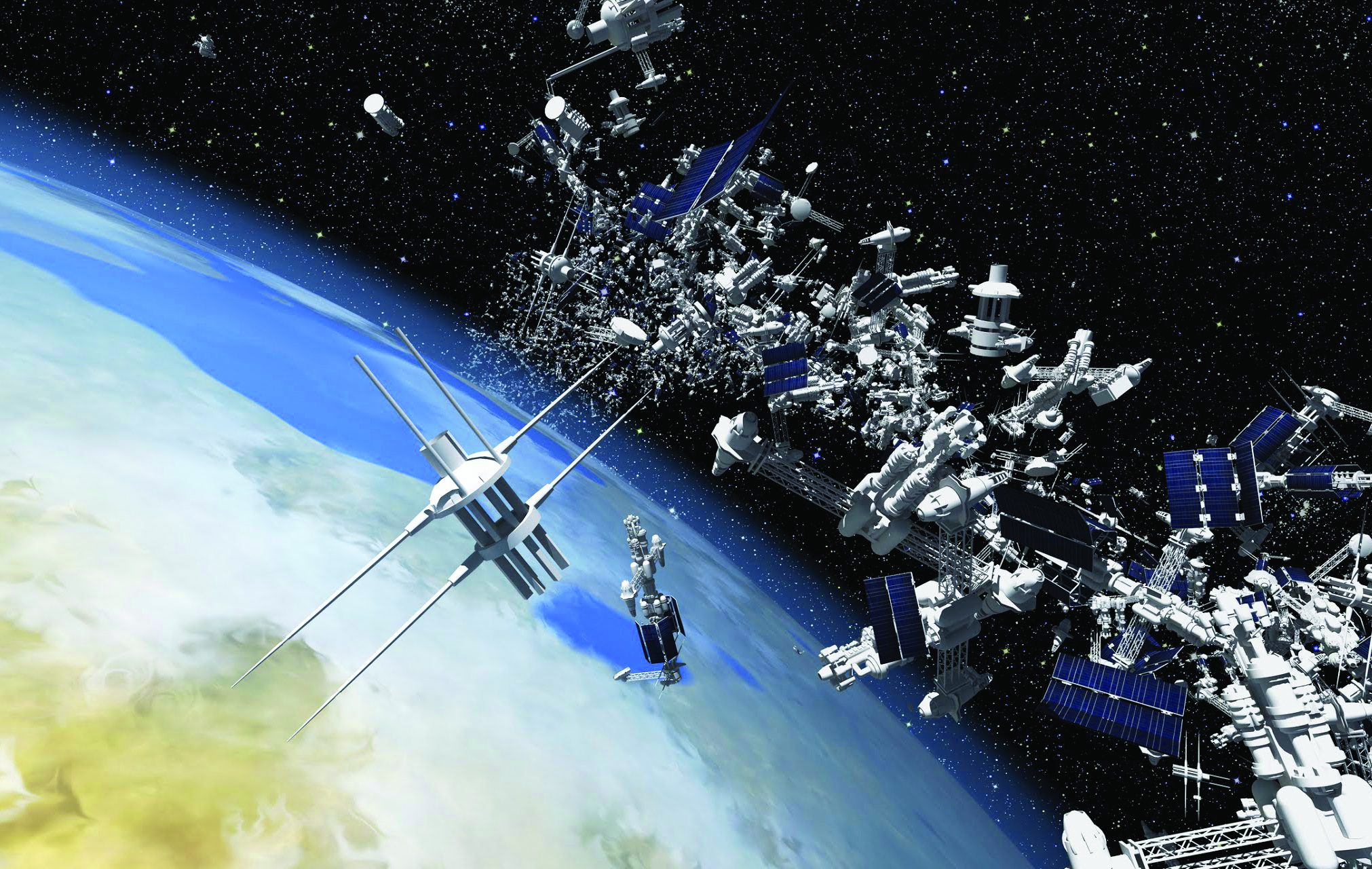
Over the ages, weapons used by armies have evolved, from simple stone projectiles in the Stone Age to weapons of mass destruction in our current world. So, what are the main factors that led to the development of military technologies? A new study published in the “PLOS ONE” journal revealed these factors, explaining that the invention and spread of key technologies for weapons depend on communication between different societies, which means that in essence, weapons development is a “cultural exchange” between nations, says George Brown College professor Daniel Hoyer, co-author of the study.
Although the vast empty space may be the last place you expect armies to compete over the disputed areas, outer space is no longer empty, with around 1,300 active satellites orbiting the globe in a crowded nest of orbits, providing worldwide communications, GPS navigation, weather forecasting, and planetary observation.
As a result of several events, long-running tensions are now approaching a boiling point, these events include recent and ongoing tests of possible anti-satellite weapons by China and Russia, as well as the failure of de-escalation talks at the United Nations since July 2015.
Many cultural evolutionary theories highlight military technologies as a special cultural case, arguing that sharp improvements in offensive technological, tactical and organizational capabilities led to “military revolutions that in turn had major repercussions on the rise and spread of state formations globally.
Fields of armament have seen a cumulative development in terms of quantity and quality, driven by technological development, and the change it causes in the mechanisms and means of field engagement in the theaters of military operations.
There is a belief among most strategists that technology is the most prominent factor in classifying the army’s strength and its ability to bring about a military victory, thus resolving the situation politically, even if the nature of the engagement and the means of expressing conflicting interests differ.
Military strategy concepts revolution
The aforementioned radical changes, which appeared in the middle of the last century, have revolutionized the concepts of “military strategy” science, exceeding the concepts accumulated since its inception.
Concepts such as “nuclear deterrence”, “arms race”, “air superiority”, “blitzkrieg” and “proxy war” did not appear until after the end of World War II.
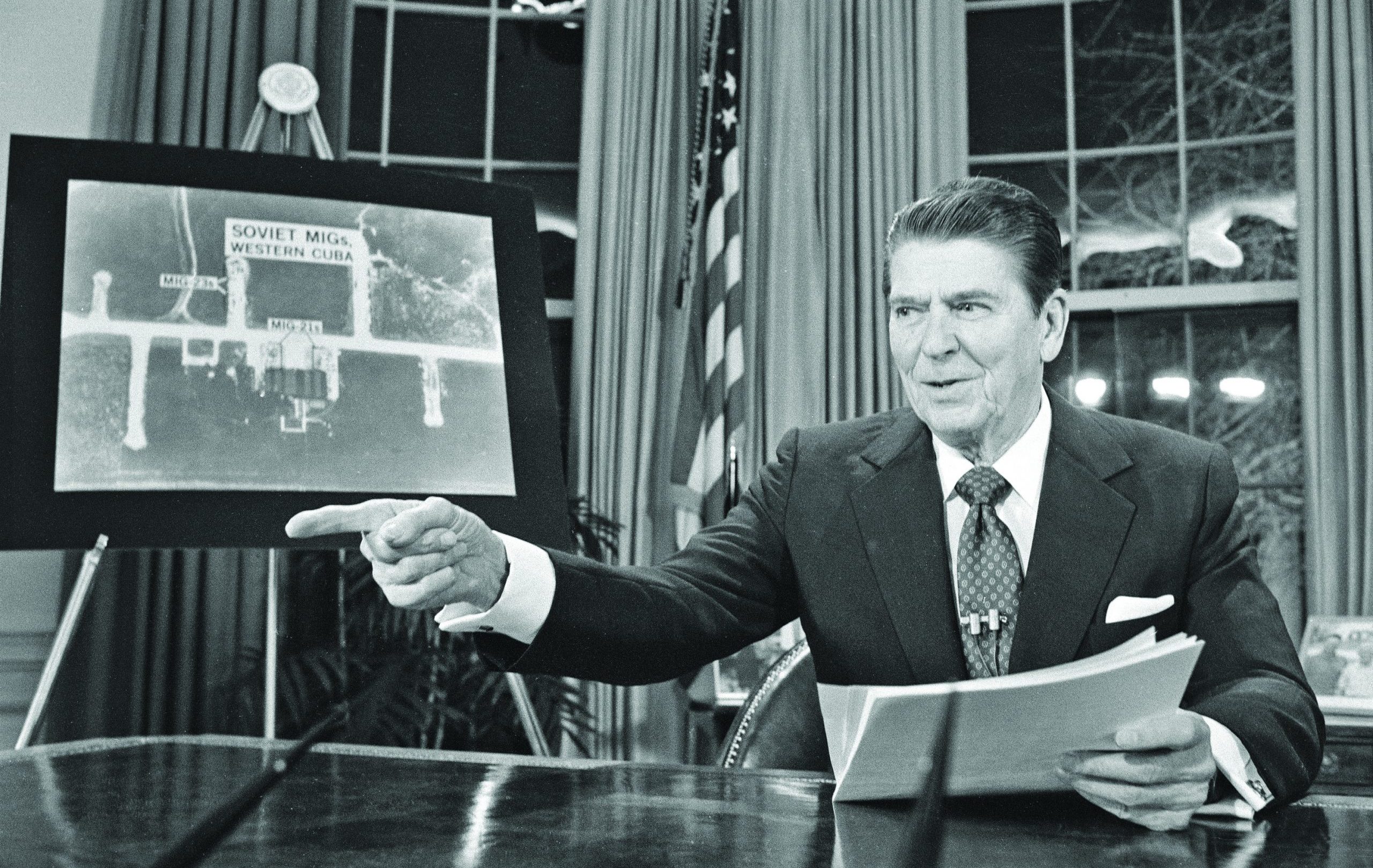
The term “Star Wars” appeared during the Cold War, and it was the name given to the strategic defense initiative for the militarization of space, during the era of US President Ronald Reagan (on March 23, 1983) with the aim of using Earth and space systems to protect the United States from nuclear ballistic missiles attacks.
This project was top secret, and the media made Reagan’s initiative its main news, then during a later stage, it was buried as if it never was.
In the Strategic Defense Initiative for the Militarization of American Space, the news reported on August 30, 2019, that US President Donald Trump announced the formation of a military space command, which will be responsible for preserving the hegemony of the United States in this new military field from Chinese and Russian threats, in an attempt to ensure military readiness in the event of Star Wars.
For its part, China has launched what many experts have called additional testing of ground-based anti-satellite kinetic weapons, the latest of which was on July 23, 2014, however, Chinese officials insist that the only purpose of the tests is Peaceful missile defense and scientific experiments, however, in one of the tests, which took place in May 2013, a missile reached an altitude of 30,000 kilometers above Earth, approaching the safe haven of strategic geosynchronous satellites.
Chinese officials insist that their military activities in space are simple peaceful scientific experiments, while Russian officials have been mostly silent, although the actions of the two countries could simply be considered as a response to what they see as the secret development of potential space weapons by the United States. American missile defense systems, with their X-37B spaceplanes and even the GSSAP spacecraft, could easily be used as weapons of space warfare, although ostensibly dedicated to maintaining peace.
Russia and China have for years pushed for ratification of a legally binding UN treaty banning space weapons that US officials and outside experts have repeatedly rejected as sterile and disingenuous.
The Revolution of Military AI
In a ceremony at the White House in August 2019, US President Donald Trump announced the establishment of the US Space Command as a branch independent of the Air Force Command, making this newly created command the sixth branch of the US armed forces. According to Trump at the ceremony, “the establishment of this command aims to maintain the dominance of the United States in space and to outperform America’s competitors,” referring to China and Russia, who warned against the “militarization of outer space” and being forced to respond in kind with identical measures.
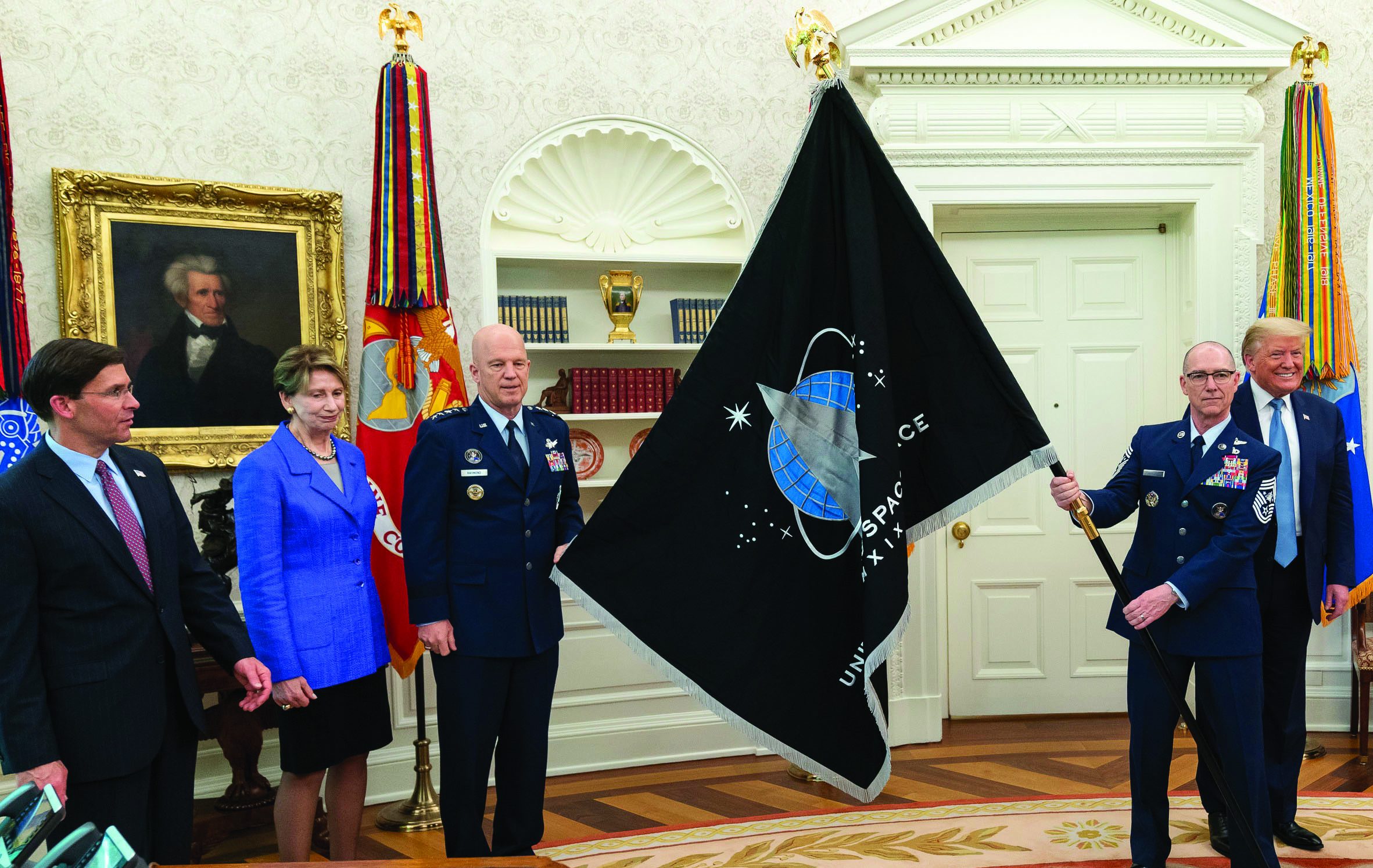
In a clear indication confirming that global military competition has entered a new space phase, the Chairman of the US Joint Chiefs of Staff revealed that assured access to space, through a full range of military operations, is vital, considering that this step puts the United States on the path of maintaining a competitive advantage in this decisive war. By examining the “New Star Wars” function and its direct effects on ground field movements, it becomes clear how essential control over the space domain is for any country seeking to achieve great strategic gains.
By neutralizing a country’s military satellites, it completely loses the ability to control all operations related to this satellite on land, sea, and air, while the penetration of the operating waves of a satellite, leads to interception or scrambling of the orders and operations managed through it.
At some point, it may be possible to hijack a hostile satellite and use it to carry out “self-destruction” missions.In addition to the dangers emanating from outer space, there is a need to confront the challenges emanating from cyberspace, which are not limited to military aspects, but also extend to personal (user privacy) and economic aspects.
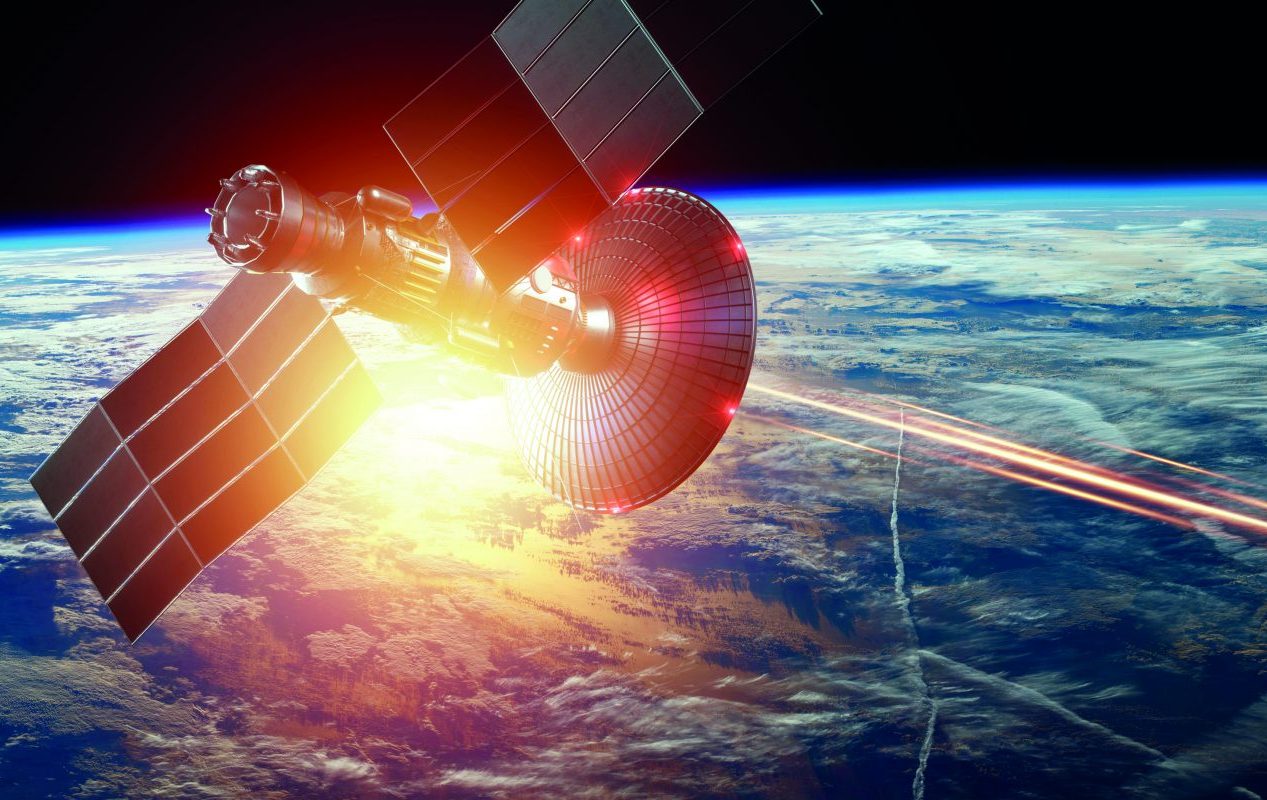
In a report published in February 2018, cybersecurity company McAfee estimated that the annual cost of cybercrime to the global economy is 400 billion dollars, which is about the defense spending of the European Union combined.
Some military doctrines evaluate organized cyber-attacks issued by governments as an act of aggression that calls for a military response, based on the right of self-defense sanctioned by Article 51 of the United Nations Charter, indicating that: “Nothing in this Charter weakens or infringes on the natural right of states, individually or collectively, to self-defense if an armed force attacks a Member of the United Nations. Legislators are still trying to develop robust legal articles that adapt the legal situation to deal with official or semi-official cyber attacks. In September 2019, the French Ministry of Defense took an unprecedented step by declaring the application of international law in cyberspace, as France considers any hostile cyber action an assault on its sovereignty that requires a response in accordance with international laws and customs, especially if this action is issued by any government, whether directly or with its indirect complicity, against the French digital infrastructure, or resulting in economic or physical destruction or impact on a vital sector, or resulting in loss of life.
However, what is difficult to define and causes debate in many countries is the “threshold” that legitimizes self-defense actions in response to the use of electronic force.
For a country to justly declare a military action, it must be within what has been legally described as “law of war” (Jus ad bellum) conditions.
According to historical decisions made by the International Court of Justice, armed attacks are the most dangerous form of use of force, which places severe restrictions on any country that considers it a response to cyber-attacks.
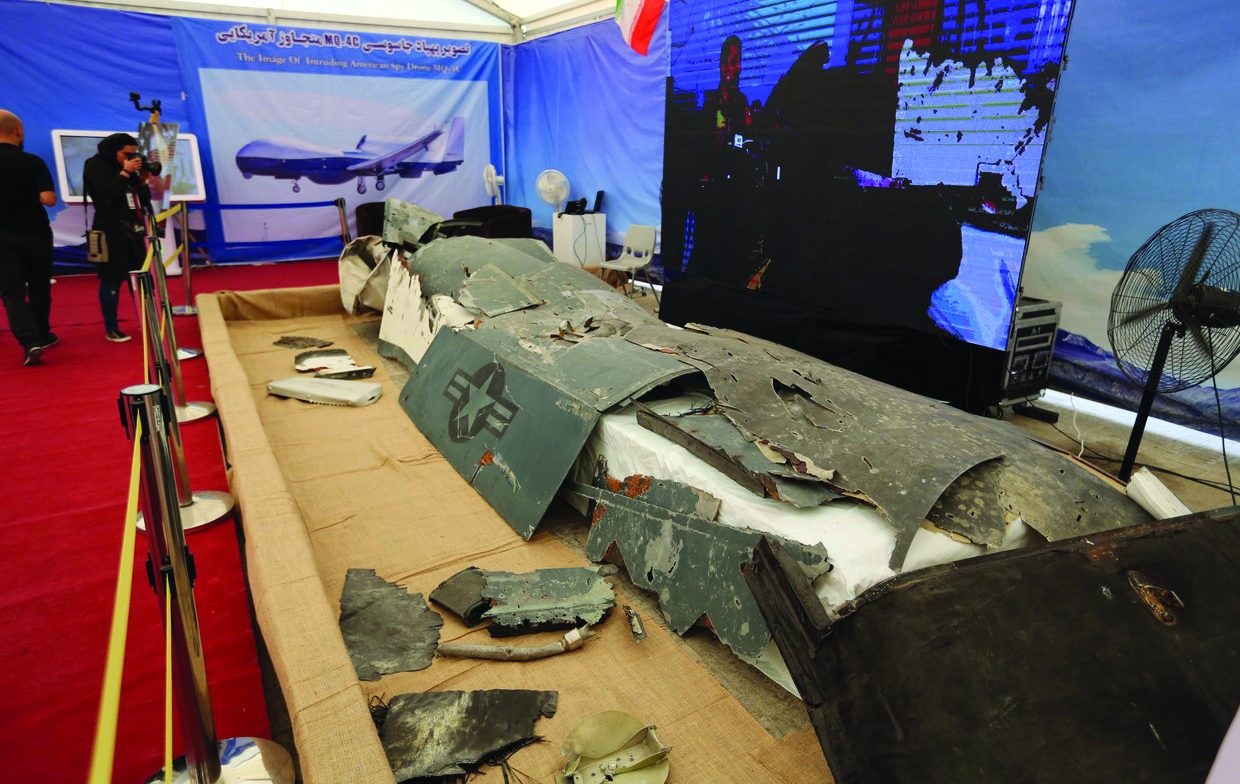
However, a country could use cyber-attacks to respond to a conventional military attack. After the Iranian anti-aircraft guns downed the American drone “Global Hawk RQ-4A” in June 2019, American media reported that the US Cyber Command “USCYBERCOM” had carried out extensive electronic attacks against military communication networks used to launch missiles, in addition to carrying out a simultaneous electronic attack against an espionage and reconnaissance network tasked with monitoring navigation in the Strait of Hormuz, which is believed to have played a role in the attacks on oil tankers in the Gulf of Oman in mid-June 2019.
Space mines
This means that the response to a tangible attack may take place in the cyber world, which is no longer only tangible but is located in the depths of digital-physical infrastructures.
By dissolving the barriers between the digital and the physical, between the synthetic and the organic, the founder of the World Economic Forum, Klaus Schwab, argues that the Fourth Industrial Revolution is more promising than that brought about by steam, electricity, and computer systems.
However, he warned of the surge caused by the “Fourth Industrial Revolution” in the field of military artificial intelligence, which is approaching inch by inch to enabling the technically superior country to resolve the battle before it begins on the battlefield, in a magical implementation of the advice of one of the pioneers of military strategies and author of the book “The Art of War”, Sun Tzu (551-496 BC), which advocated winning without a fight.
The battles of the outer and cyber spaces draw the features of the upcoming actual clash in an ever-clear manner.
The possibility of war in space is not new. Driven by American fear of Soviet orbiting nuclear weapons, the United States began testing anti-satellite weapons in the late 1950s, even testing nuclear bombs in space before the ban of orbital weapons of mass destruction, after the United Nations Outer Space Treaty of 1967.
After the ban, space surveillance became a critical component of the Cold War, with satellites becoming part of advanced early warning systems, ready to monitor the spread or launch of land-based nuclear weapons throughout most of the Cold War, and the Soviet Union worked to develop and test “space mines”, which are self-exploding spacecrafts that can hunt down and destroy US spy satellites by raining shrapnel on them.
By: Dr. Nabil Selim (military researcher and strategist)


